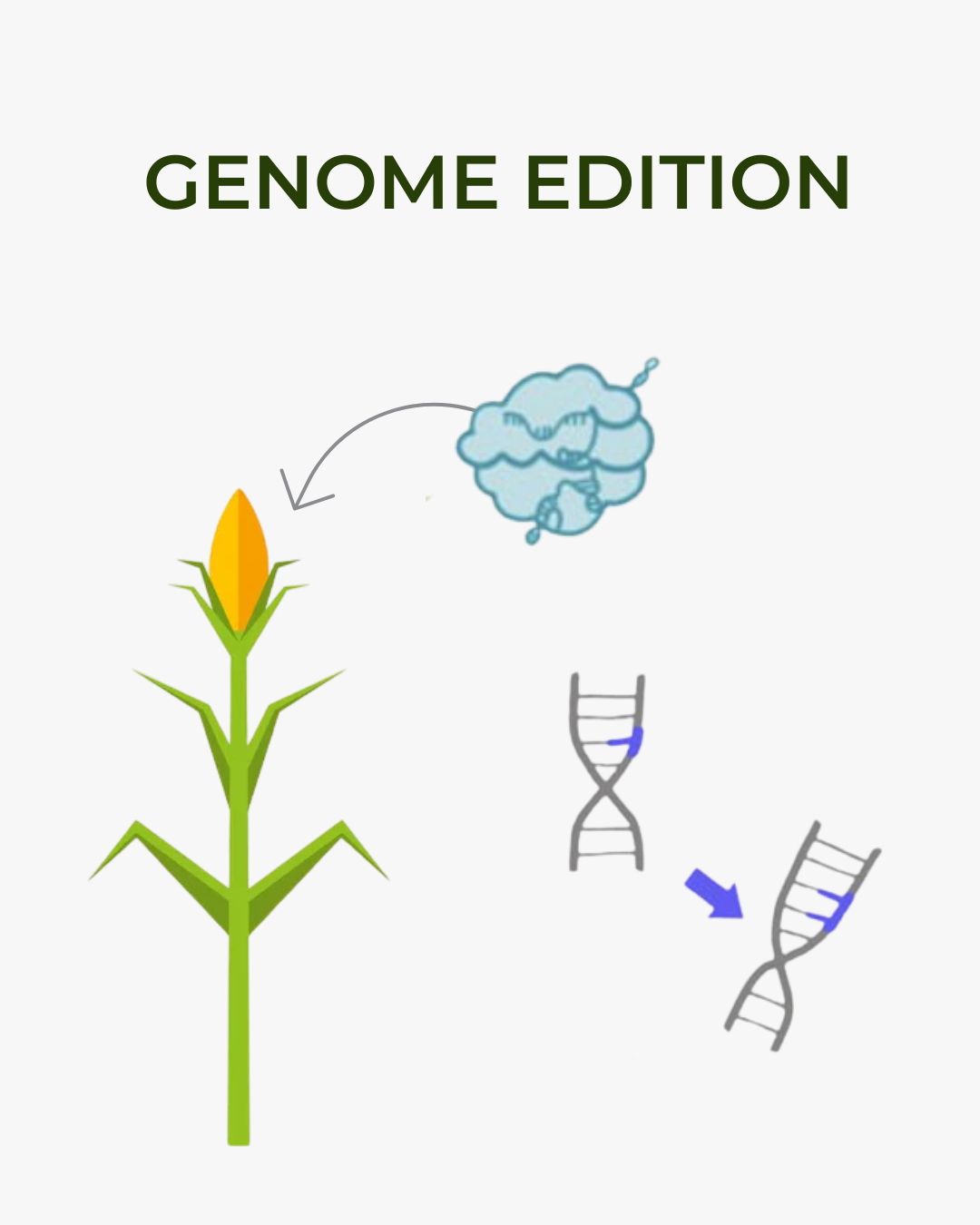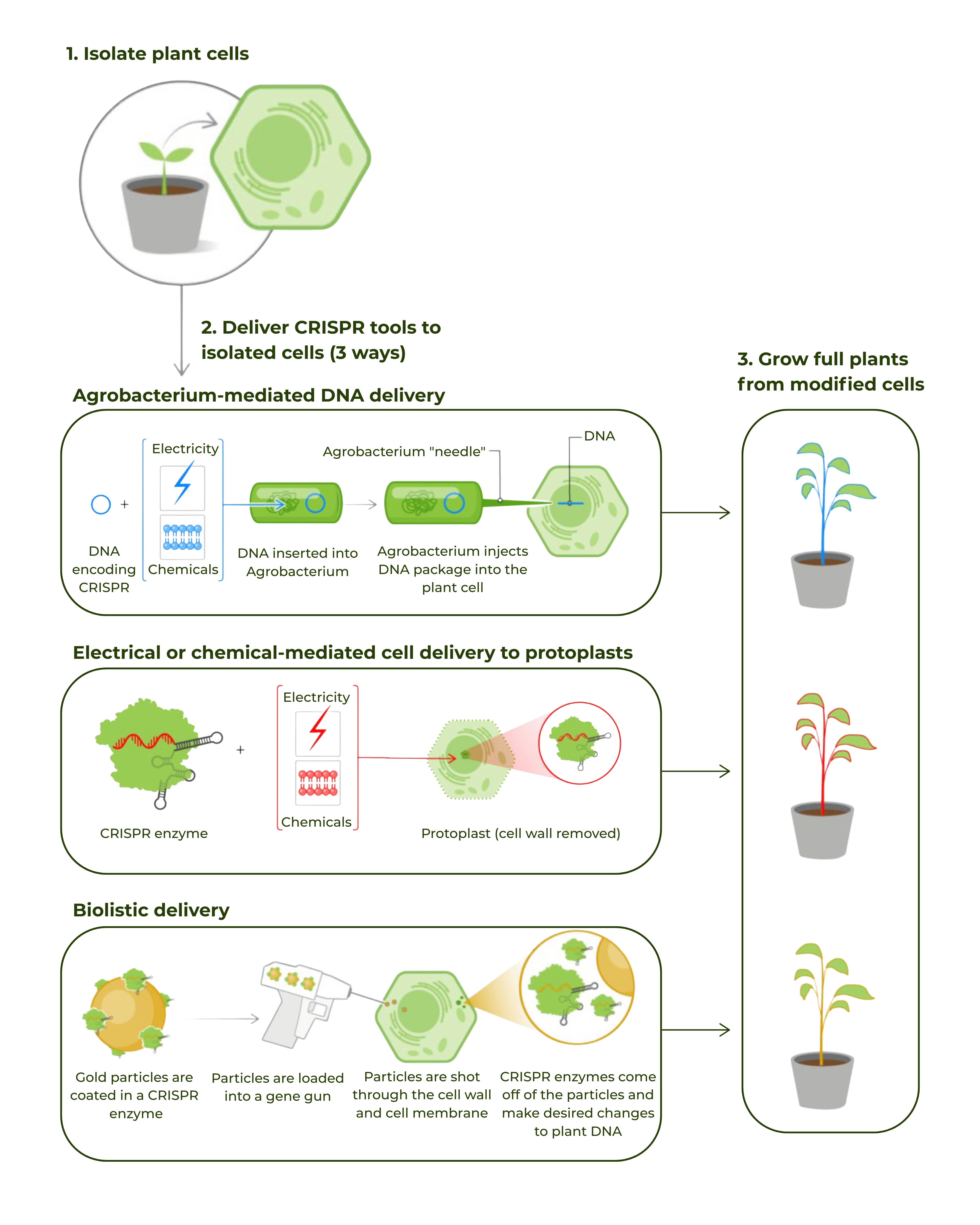July 10, 2025, 3:09 p.m.
Author: Valeria Galkina

Let’s be clear: if you work in agronomy and aren’t following CRISPR — you’re missing a revolution. Not a technology of the future, but something that’s already transforming the ag sector right now.
How does it work?
Imagine a plant’s genome as a text document with millions of letters. CRISPR is a precise editor that can:
And it does all that without inserting foreign genes like traditional GMOs. We’re not “transplanting bacterial genes” — we’re switching off or correcting the plant’s own DNA sequences.
Examples that impress:
Why does it really matter?

Of course, CRISPR doesn’t replace classical breeding — it complements it with surgical precision. And the best part — it’s not just in the hands of corporations anymore. Small startups, agri-labs, and universities are already using it.